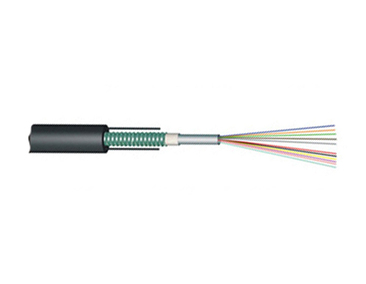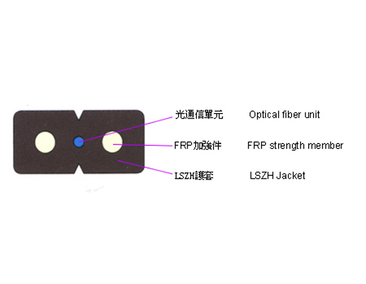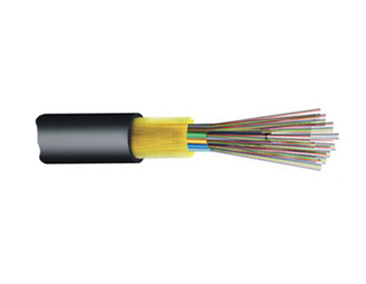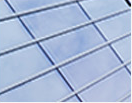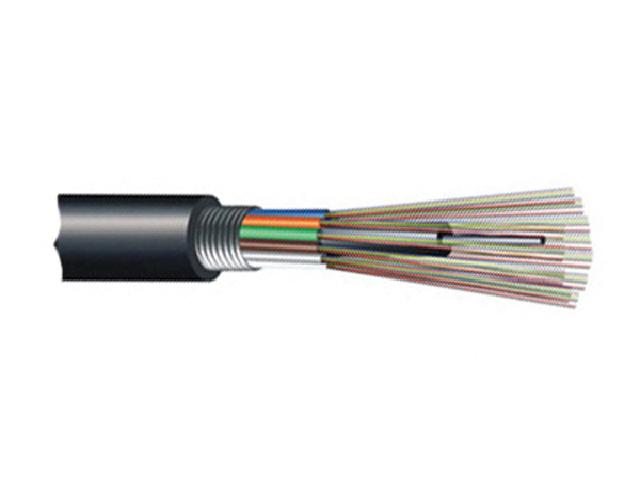
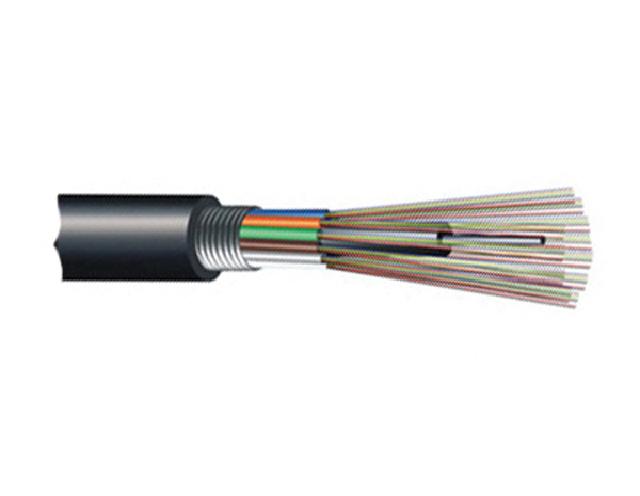
Stranded Loose Tube Non-armored Cable (argyta)
Good mechanical and temperature performanceHigh strength loose tube that is hydrolysis resistantSpecial tube filling compound ensure a critical protection of fiberSpecially designed compact structure is good at preventing loose tubes from shrinkingPE sheath protects cable from ultraviolet radiationThe following measures are taken to ensure the cable watertight: , Steel wire used as the central strength memberLoose tube filling compound100% cable core fillingAPL moisture barrier
Description of Stranded Loose Tube Non-armored Cable
The fibers, 250μm,are positioned in a loose tube made of a high modulus plastic. The tubes are filled with a water-resistant filling compound. A steel wire, sometimes sheathed with polyethylene (PE) for cable with high fiber count, locates in the center of core as a metallic strength member. Tubes (and fillers) are stranded around the strength member into a compact and circular cable core. An Aluminum Polyethylene Laminate (APL) is applied around the cable core, which is filled with the filling compound to protect it from water ingress. Then, the cable is completed with a PE sheath.
Characteristics of Stranded Loose Tube Non-armored Cable
Good mechanical and temperature performance
High strength loose tube that is hydrolysis resistant
Special tube filling compound ensure a critical protection of fiber
Specially designed compact structure is good at preventing loose tubes from shrinking
PE sheath protects cable from ultraviolet radiation
The following measures are taken to ensure the cable watertight:
Steel wire used as the central strength member
Loose tube filling compound
100% cable core filling
APL moisture barrier
Standards of Stranded Loose Tube Non-armored Cable
GYTA cable complies with Standard YD/T 901-2001as well as IEC 60794-1.
Optical Characteristics of Stranded Loose Tube Non-armored Cable
G.652 | G.655 | 50/125μm | 62.5/125μm | ||
Attenuation(+20℃) | @850nm | ≤3.0 dB/km | ≤3.0 dB/km | ||
@1300nm | ≤1.0 dB/km | ≤1.0 dB/km | |||
@1310nm | ≤0.36 dB/km | ≤0.40 dB/km | |||
@1550nm | ≤0.22 dB/km | ≤0.23dB/km | |||
Bandwidth (Class A) | @850nm | ≥500 MHz>·km | ≥200 MHz>·km | ||
@1300nm | ≥1000 MHz>·km | ≥600 MHz>·km | |||
Numerical Aperture | 0.200>±0.015NA | 0.275>±0.015NA | |||
Cable Cut-off Wavelength >λcc | ≤1260nm | ≤1480nm | |||
Technical Parameters of Stranded Loose Tube Non-armored Cable
Cable Type | Fiber Count | Tubes | Fillers | Cable Diameter mm | Cable Weight kg/km | Tensile Strength Long/Short Term N | Crush Resistance Long/Short Term N/100mm | Bending Radius Static/Dynamic>mm |
GYTA-2~6 | 2~6 | 1 | 4 | 9.7 | 90 | 600/1500 | 300/1000 | 10D/20D |
GYTA-8~12 | 8~12 | 2 | 3 | 9.7 | 90 | 600/1500 | 300/1000 | 10D/20D |
GYTA-14~18 | 14~18 | 3 | 2 | 9.7 | 90 |
-
May 23 , 2025
-
Empowering Partnerships, Building Expertise
Apr 08 , 2025
-
Feb 26 , 2025
